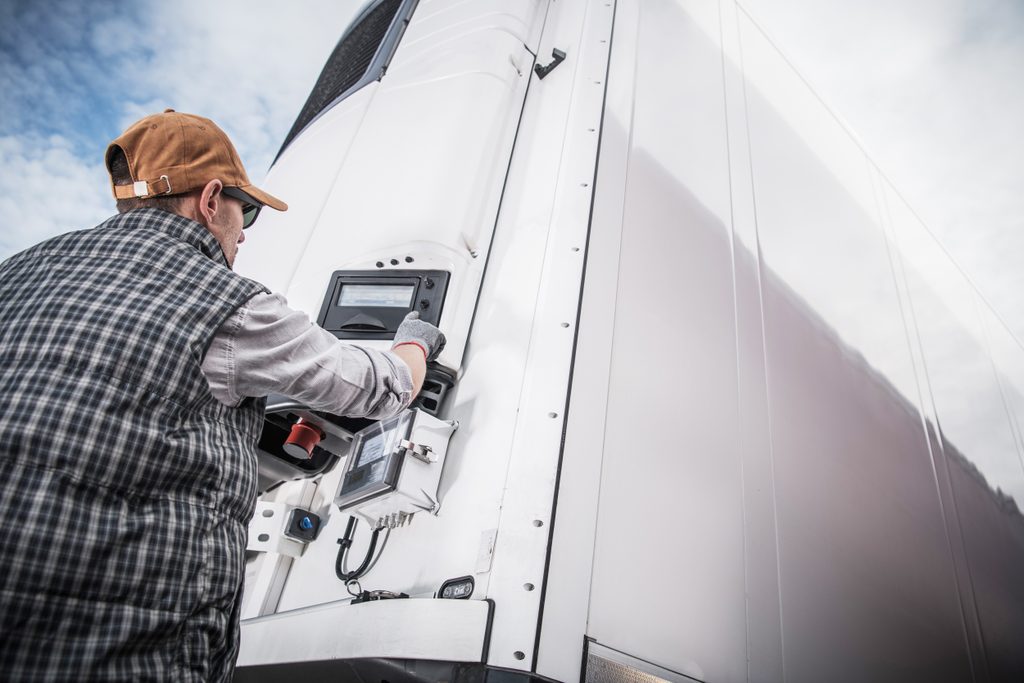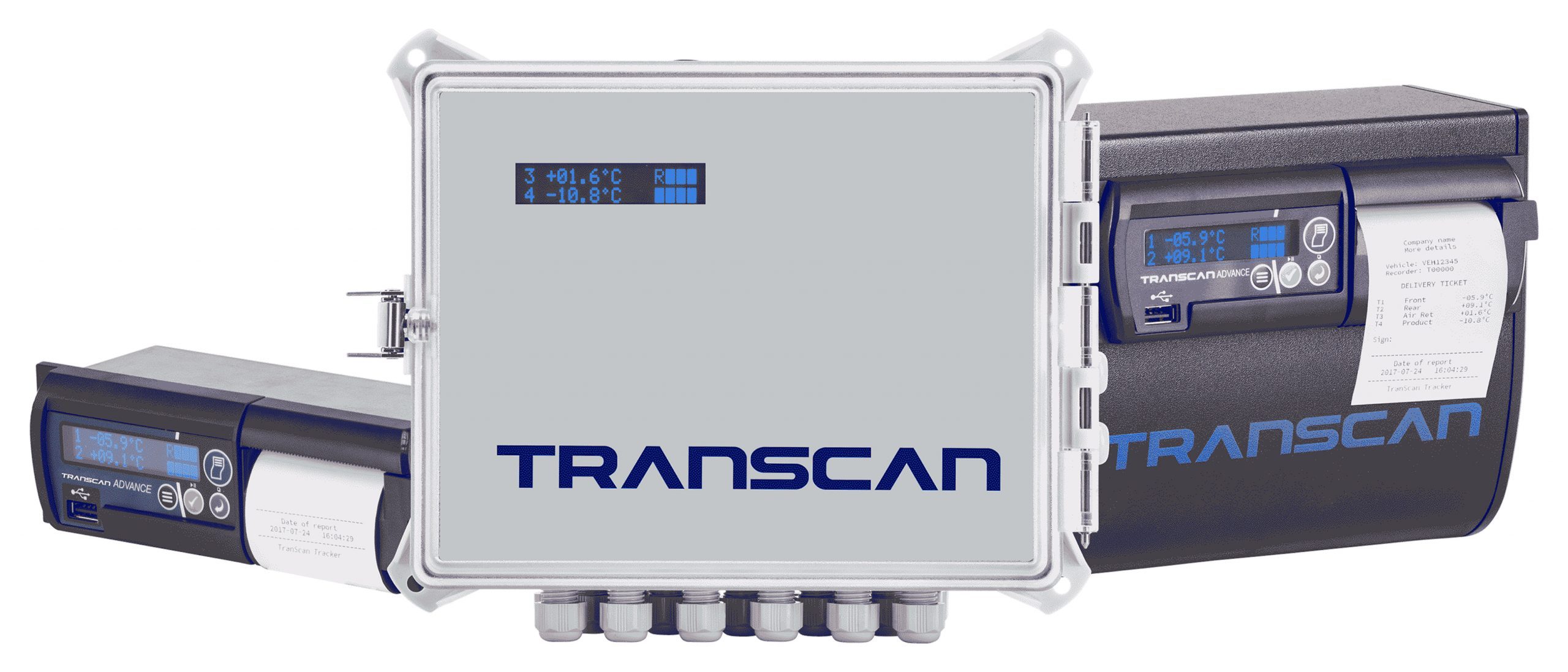
Temperature-controlled transport companies are responsible for ensuring that goods that require specific temperature ranges are transported safely and securely. If temperature-controlled goods are found to have breached their specific delivery requirements, the transport operator will be faced with a potential rejected load. A rejected load can lead to significant financial losses and damage to the reputation of the transport company, alongside other things.
In this comprehensive guide, we’ll take you through how to safely transport your temperature-controlled goods. From selecting the right equipment to monitoring techniques and contingency planning – we’ve got you covered! Read on to learn how to get temperature control right and keep your goods safe throughout their journey.
What are the common causes of rejected loads in temperature-controlled transport?
Overall, the goal of temperature-controlled transport is to maintain the quality, integrity, and safety of the load throughout the entire transport process, and any deviation from that can result in rejection. Here are some of the common causes of why a load has been rejected:
- Goods being loaded at the wrong temperature:
This can often be caused by poor loading practices, such as goods being left to sit at the loading dock for too long. It may also occur when the vehicle has not been pre-cooled sufficiently before loading; a step that is especially crucial during hot weather. - Equipment failure:
One of the most common causes of temperature breaches is equipment malfunction. If the temperature control equipment, such as the refrigeration unit, fails to function correctly, it can cause a temperature breach and lead to a rejected load. - Driver error:
Incorrect settings of temperature control equipment, such as refrigeration units, can also lead to a temperature breach. If the temperature control equipment is not set up correctly, it can cause the temperature to fall outside the acceptable range, leading to a rejected load. - Lack of early warnings:
Should an issue occur during transit, with no technology in place to detect this, the issue will go unnoticed, and a temperature breach will occur. - No proof of delivery:
If a temperature query occurs, if there is no temperature monitoring solution in place to provide any form of proof of delivery, the load must be rejected.
What are the potential impacts of having your temperature-sensitive loads rejected?
Rejected loads can have a significant impact on your business. Not only do you lose out on the revenue from the load, but you also incur additional costs associated with returning the load or safely disposing of it. In addition, rejected loads can damage your reputation and make it difficult to find new customers.
Negative impact on company reputation
Rejected loads due to temperature thresholds breaches can result in a negative impact to a temperature-controlled transport company’s reputation. This is because the company will be seen as unable to meet the customer’s needs and requirements. This can lead to lost business
and damage to the company’s reputation.
Financial impact
Rejected loads due to temperature thresholds breaches can result in a negative impact to a temperature-controlled transport company’s reputation. This is because the company will be seen as unable to meet the customer’s needs and requirements. This can lead to lost business and damage to the company’s reputation.
Regulatory penalties
If you are found to be in breach of strict cold chain delivery requirements for a temperature sensitive cargo, you could even incur potential fines from regulatory bodies.
4 Steps to Ensure Safe Transportation of Temperature-Controlled Goods
There are several options that temperature-controlled transport companies can explore to ensure they are safely delivering their goods within the correct conditions in order to mitigate their risk for load rejection:
- Use appropriate packaging:
Choose packaging that is specifically designed for temperature-sensitive products, such as insulated boxes or coolers. The packaging should be able to maintain the desired temperature for the duration of the journey. - Regular vehicle and equipment checks and maintenance:
It is important to schedule in regular maintenance and calibration of your vehicles and fridge equipment to ensure that both are in good condition and avoid potential breakdowns. Drivers should also complete thorough checks of your vehicles and fridge equipment before the start of every shift. - Train drivers and staff on best practices:
Keep your drivers (and other members in the transport and handling team) up to date on industry best practices with regular training to ensure they are properly trained in handling temperature-controlled goods and are operating safely as per industry guidelines. - Use a remote temperature monitoring solution:
Remote temperature monitoring solutions offer a range of benefits to temperature-controlled transport companies, with the main benefit being the ability to track the temperature and status of the temperature-sensitive delivery in real-time. This means that should an issue arise, the driver and transport and compliance teams are immediately alerted so the issue can be rectified straight away before the load is spoiled. In addition to this, remotely tracking the temperature of your deliveries means that you can provide a full audit trail of the temperature throughout the entire journey. This can be used to provide your customer with proof of compliance with their strict regulatory requirements.
Conclusion
In conclusion, avoiding rejected loads is easily achievable if the correct preventative measures are put in place. Appropriate training, regular equipment checks and maintenance and the use of remote temperature monitoring technology are all proven methods. By following these best
practices, temperature-controlled transport companies can ensure the safe delivery of temperature-controlled goods and prevent rejected loads.
Interested in finding out more about Remote Temperature Monitoring?
Ensure your temperature-controlled deliveries are fully compliant with industry guidelines and customer requirements with Transcan, the industry’s #1 Remote Temperature Monitoring solution.

Visit our solution page here to find out more about this real-time temperature monitoring solution. Or to book a free demo of the solution from one of our cold chain experts, click here.